The Bismuth Oxide Market is currently characterized by a dynamic competitive landscape, driven by increasing demand across various applications, including pharmaceuticals, cosmetics, and electronics. Key players such as Bismuth Chemicals (US), American Elements (US), and Bismuth International (CA) are strategically positioning themselves to capitalize on these growth opportunities. Bismuth Chemicals (US) focuses on innovation in product development, particularly in enhancing the purity and quality of its bismuth oxide offerings. Meanwhile, American Elements (US) emphasizes regional expansion and has been actively increasing its production capacity to meet the rising global demand. Bismuth International (CA) appears to be leveraging partnerships with research institutions to explore new applications for bismuth oxide, thereby diversifying its market reach. Collectively, these strategies contribute to a competitive environment that is increasingly focused on innovation and market responsiveness.
In terms of business tactics, companies are localizing manufacturing to reduce lead times and optimize supply chains. The Bismuth Oxide Market is moderately fragmented, with several players vying for market share. This fragmentation allows for a variety of competitive strategies, as companies seek to differentiate themselves through quality, service, and technological advancements. The collective influence of these key players shapes the market structure, fostering an environment where innovation and operational efficiency are paramount.
In August 2025, Bismuth Chemicals (US) announced a significant investment in a new production facility aimed at increasing its output of high-purity bismuth oxide. This strategic move is likely to enhance the company's competitive edge by allowing it to meet the growing demand from the electronics sector, where high-purity materials are essential. The investment not only signifies a commitment to scaling operations but also reflects an understanding of the market's evolving needs.
In September 2025, American Elements (US) launched a new line of bismuth oxide products specifically designed for the cosmetics industry, highlighting its focus on innovation and market diversification. This initiative appears to be a response to the increasing consumer demand for safe and effective cosmetic ingredients, positioning the company favorably within a lucrative segment. By expanding its product portfolio, American Elements (US) is likely to strengthen its market presence and attract a broader customer base.
In July 2025, Bismuth International (CA) entered into a strategic partnership with a leading research institution to develop advanced applications for bismuth oxide in the pharmaceutical sector. This collaboration suggests a forward-thinking approach, as it aims to explore the potential of bismuth compounds in drug formulation. Such partnerships are indicative of a trend where companies are increasingly looking to leverage external expertise to drive innovation and enhance their product offerings.
As of October 2025, the Bismuth Oxide Market is witnessing trends that emphasize digitalization, sustainability, and the integration of artificial intelligence in production processes. Strategic alliances are becoming more prevalent, as companies recognize the value of collaboration in navigating complex market dynamics. Looking ahead, competitive differentiation is likely to evolve, shifting from traditional price-based competition to a focus on innovation, technological advancements, and supply chain reliability. This transition underscores the importance of adaptability and forward-thinking strategies in maintaining a competitive edge in the Bismuth Oxide Market.


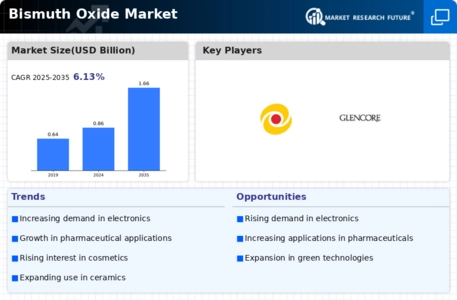

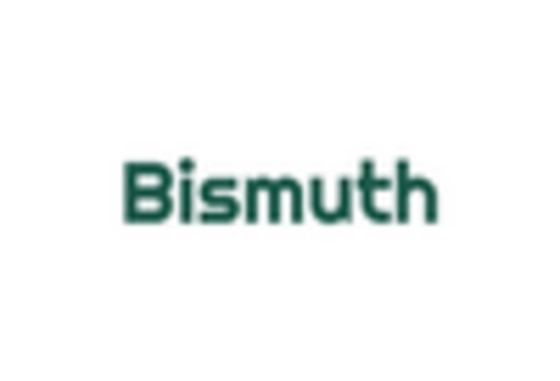
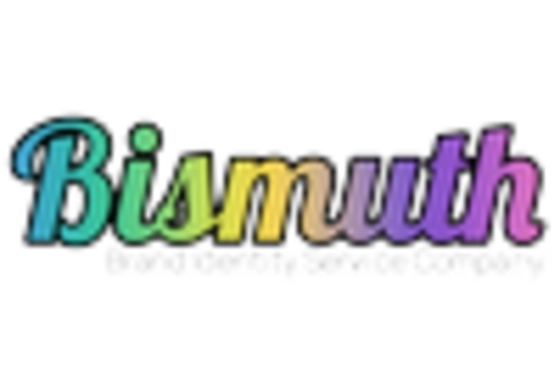
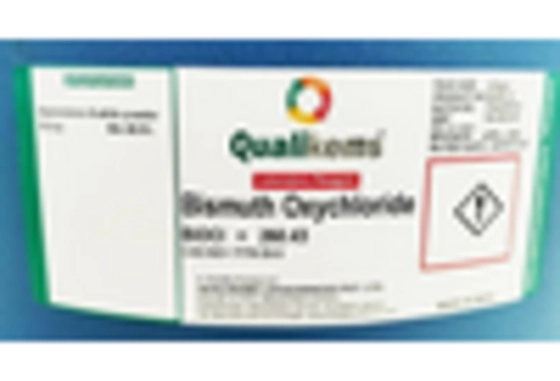
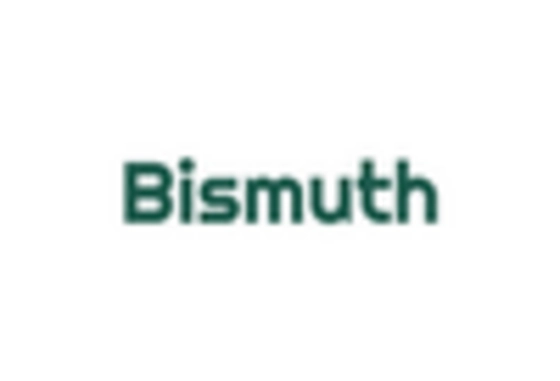









Leave a Comment